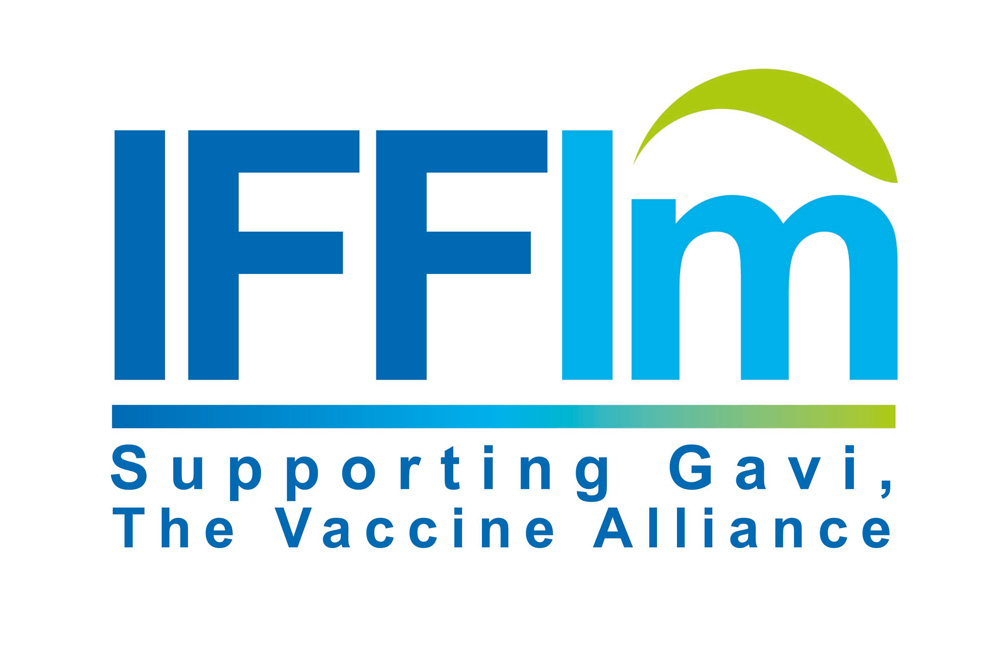4% too many: Nepal sets its sights on finding and protecting its cohort of unvaccinated kids
- Impact
- 4% too many: Nepal sets its sights on finding and protecting its cohort of unvaccinated kids
4% too many: Nepal sets its sights on finding and protecting its cohort of unvaccinated kids
23 June 2023
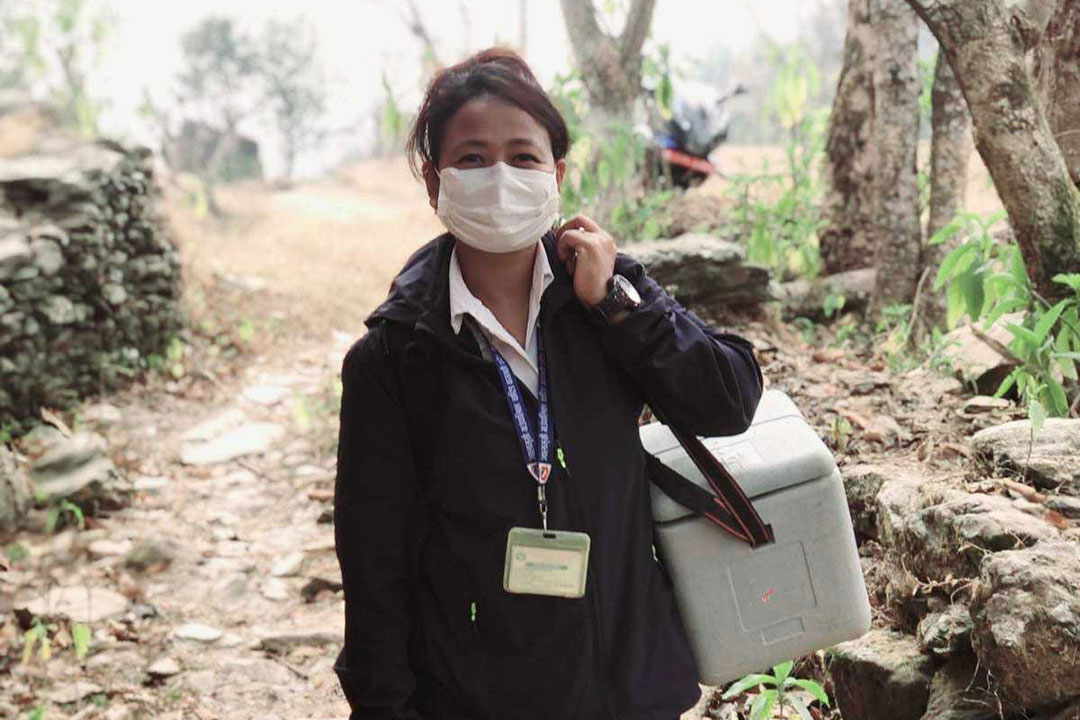
Kabita Chaudhari, senior health worker from Dhola Health Post in Jwalamukhi Rural Municipality, Dhading, on her way to the vaccination booth, carrying her ice-packed vaccine carrier. Credit : Chhatra Karki.
The government’s “search and vaccination” campaign – aimed at protecting every last missed child – is already bearing fruit.
The government’s “search and vaccination” campaign – aimed at protecting every last missed child – is already bearing fruit.
Announcements
IFFIm impact: Zero-dose children
Millions of "zero-dose" children have yet to receive a single vaccine. IFFIm supports Gavi’s strategy to immunise them by providing one-sixth of Gavi’s overall program funding.
On the sunny afternoon of 23 May, Shanti Maya Tamang (26), brought her 15-month-old, unimmunised son to Budhanilkantha Health Post in Kathmandu for his very first jabs.
“We have been residing here due to my husband’s employment as a daily wager,” Tamang explained. “Occasionally, we have to visit our mountainous village in Sindhupalchok district which is 45km north from Kathmandu. I am delighted that my son received the vaccination through the government initiative,” she said.

Tamang was referring to Nepal’s ongoing “search and vaccination” campaign – a concerted effort, launched in the first quarter of this year, to find and catch up the country’s unvaccinated children.
The programme follows the release of a major health report, the Nepal Demographic and Health Survey 2022, which was published by the Ministry of Health and Population last November, and which revealed that 4% of children aged between 12 and 23 months had not received their routine vaccinations.
That 4% “zero-dose” cohort was 4% too many: by mid-February 2023, the Family Health Division in the Ministry of Health and Population had released an amended set of vaccination guidelines, and directed local-level health authorities to initiate a year-round drive to find and immunise missed-out children.
On 9 April, the government issued a circular to all health posts and health workers “emphasising the robust implementation of the vaccination programme,” in the words of Bharat Bhandari, Immunization Officer at the Child Health and Immunization Service Section of the Ministry. “As a result, health posts and health institutions are actively engaged in this effort,” reported Bhandari.
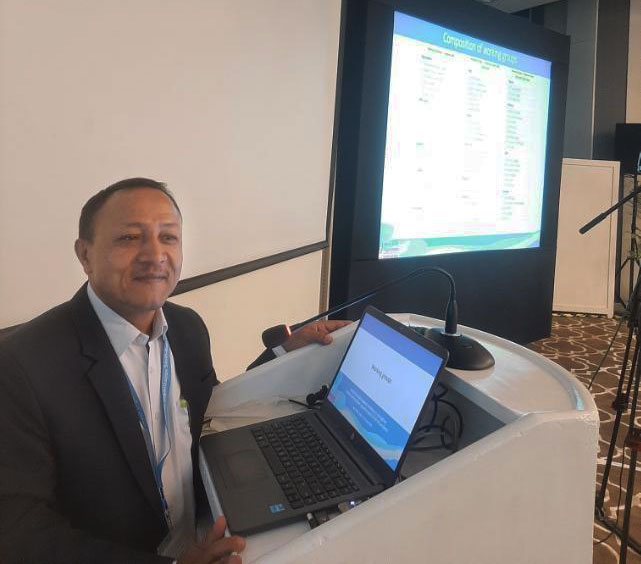
Credit : Chhatra Karki
Female Community Health Volunteers (FCHVs) across the country were mobilised both door-to-door and digitally – using mobile phones to send vaccination-related messages to parents.
Consequently, parents like Tamang turned out to healthcare facilities. “From the message received on the mobile phone, I got the information that the children who missed vaccination should be taken to the vaccination centre and vaccinated, then I went to the health post to vaccinate my son,” Tamang recounts.
According to the Child Health and Immunization Service section, part of the Family Welfare Division of the Ministry of Health and Population, health workers have successfully identified and vaccinated 3,700 children aged between 12 to 23 months and 4,400 children aged between 24 months and 59 months in the country through the ‘search and vaccination’ campaign during April and May.
Remarkably, during this campaign, they also identified and vaccinated 650 vulnerable children under the age of five who had not received any doses of vaccines.
In two months of the “search and vaccination” campaign, health workers identified 650 children under the age of five who had not received a single dose of vaccines – no quote marks.
Mina Lamichhane, a Senior Assistant Health Worker at the Budhanilkantha Health Post , confirms that she and her fellow women health workers have undertaken door-to-door visits as a part of the campaign, spreading awareness among families whose children had missed their vaccinations, urging them to come forward for immunisation.
“There has been an increase in the number of children receiving vaccinations in Budhanilkantha Health Post after [we] intensified the vaccination campaign. In May 2022, 207 children were vaccinated there, whereas this year, during the same month, the figure rose to 237 children, indicating a positive trend,” Lamichhane adds.
In her professional experience, she has observed higher rates of missed vaccinations among children residing in urban areas such as Kathmandu, Lalitpur, Bhaktapur, Butwal, and Biratnagar, in comparison to rural regions of Nepal. Lamichhane, who has also an experience of working at Chaubas Rural Health Post of Kavre district, notes, “In particular, children from economically disadvantaged squatter settlements, families working in brick kilns, and [daily] wage-earning households in urban areas seem to have a higher tendency to forgo vaccination.”
She adds that some parents tend to vaccinate their children for the first dose only, neglecting subsequent doses. However, she hopes that that’s changing during the current campaign.
Kabita Chaudhari, a Senior Assistant Health Worker stationed at Dhola Health post in Jamalukhi Rural Municipality, Dhading District, shares similar experiences.
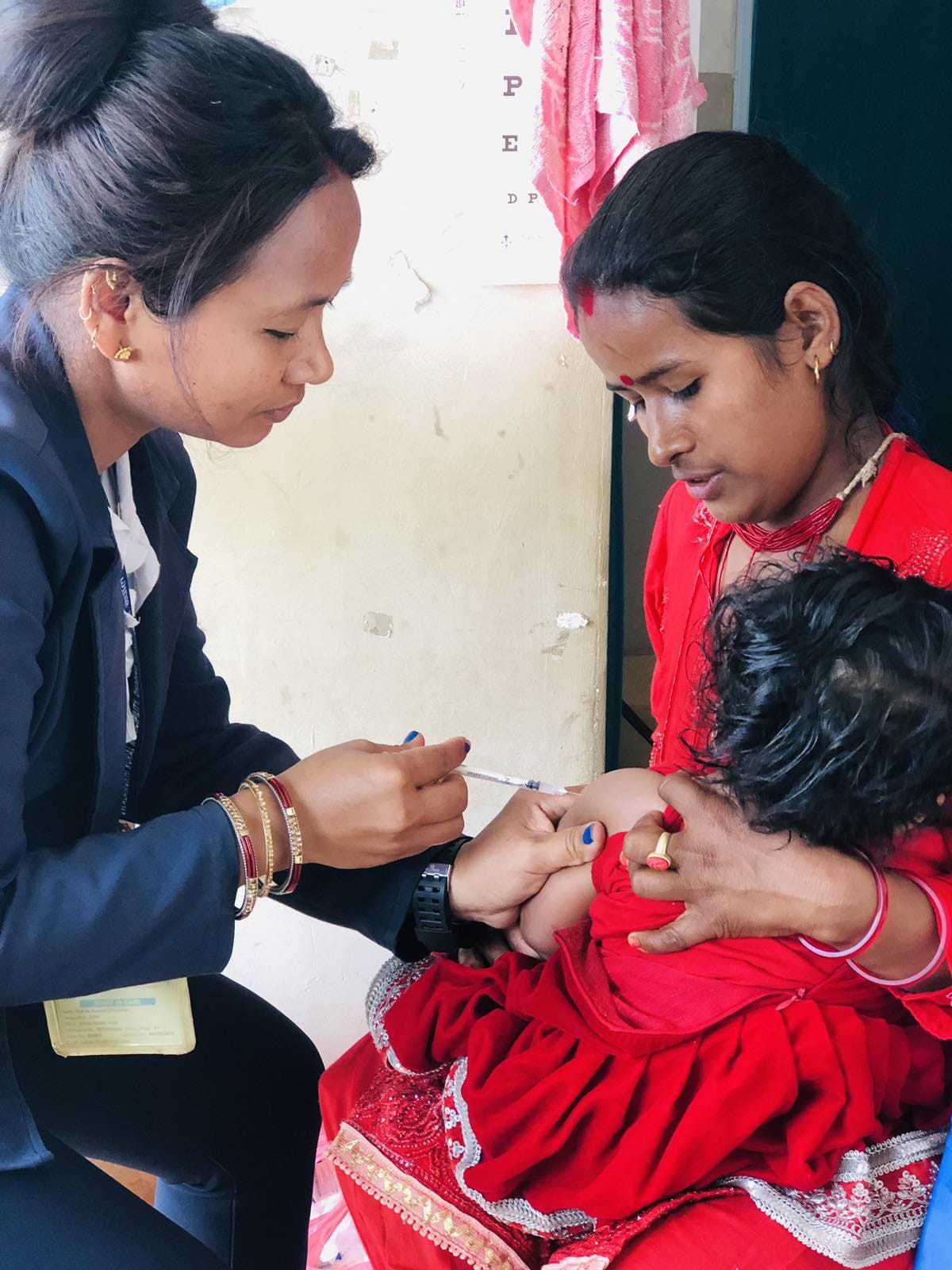
Credit: Chhatra Karki
Chaudhari, a Senior Assistant Health Worker like Lamichhane, says she has personally witnessed the effectiveness of the campaign targeting unvaccinated children. She went the extra mile, literally: venturing into remote villages to ensure the campaign’s success. Jamalukhi Rural Municipality, situated approximately 18km away from Dhadingbesi, the district headquarters, is geographically isolated and lacks transportation facilities.
To help bridge that gap, Chaudhari would carefully place the vaccines in an iced vaccine carrier and trek for two to three hours to reach the villages. The rough roads made it impractical to travel by cars or motorcycle.
“As a part of the campaign, I proactively compile a comprehensive list of children and their parents who require vaccinations, well in advance, and I post this information on social media platforms like Facebook. This approach has proven to be highly effective in informing parents about the vaccination schedule,” she explains. She adds, “Our dedicated team of Female Health Volunteers takes the initiative to personally contact and locate children who have not yet received their vaccines, ensuring no child is left behind in this crucial immunisation programme.”
Dr Narendra Kumar Jha, Chief of Dhading District Health Office, revealed that in February, a collective commitment was made by 13 local level heads and deputy heads in the district to achieve complete vaccination coverage, in order to make success of the government’s campaign. Subsequently, a two-month comprehensive household survey was conducted, to ensure that every single child would receive the necessary jabs.
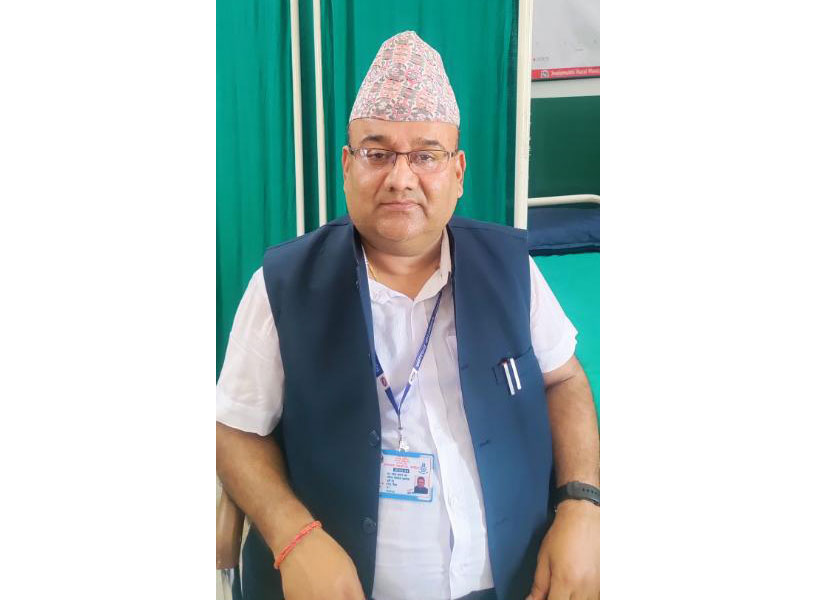
Credit : Chhatra Karki
“Our primary objective is to achieve full vaccination coverage in Dhading district. Currently, we have successfully implemented full vaccination in six municipalities, while seven municipalities are still in progress,” Jha stated. He emphasised the need to establish an additional mechanism to ensure that children who have missed their vaccinations receive the necessary immunisation. It has been observed that children often miss vaccinations when their parents migrate in search of employment opportunities. Jha recommended that a programme be initiated whereby Female Health Volunteers and ward health workers gather information on the absent children and facilitate their vaccinations.
According to the health ministry’s Child Health and Immunization Service section, the current campaign has seen the administration of 13 routine vaccinations, including BCG, DPT, measles, typhoid, and polio, as part of the National Immunization Program. Currently, there are 16,000 operational vaccination centres throughout the country.
Bharat Bhandari, Immunization Officer at the Child Health and Immunization Service Section, said further plans are in development to provide extensive training to health workers and to conduct community awareness drives, with the aim of ensuring the vaccination of all children who have been missed in the regular vaccination programme. These activities have been incorporated into upcoming programmes of Nepal government, enabling the identification of missing children at vaccination centres and facilitating the necessary arrangements for their immunisation.
“Ensuring the complete immunisation of children requires a synchronised effort among the central, provincial, and local governments. By establishing this coordinated role, no child will be able to evade receiving their routine vaccinations,” Bhandari concluded.

|
This article is republished from VaccinesWork under a Creative Commons license. Read the original article. VaccinesWork is an award-winning digital platform hosted by Gavi, the Vaccine Alliance covering news, features and explainers from every corner of global health and immunisation. |
Share this article
Restricted Access Library
 The material in this Restricted Access Library is intended to be accessed only by persons with residence within the territory of a Member State of the European Union and is not intended to be viewed by any other persons. The material in this Restricted Access Library is provided by IFFIm for information purposes only and the materials contained herein were accurate only as of their respective dates. Certain information in the materials contained herein is not intended to be, and is not, current. IFFIm accepts no obligation to update any material contained herein.
The material in this Restricted Access Library is intended to be accessed only by persons with residence within the territory of a Member State of the European Union and is not intended to be viewed by any other persons. The material in this Restricted Access Library is provided by IFFIm for information purposes only and the materials contained herein were accurate only as of their respective dates. Certain information in the materials contained herein is not intended to be, and is not, current. IFFIm accepts no obligation to update any material contained herein.
Persons with residence outside the territory of a Member State of the European Union who have access to or consult any materials posted in this Restricted Access Library should refrain from any action in respect of the securities referred to in such materials and are otherwise required to comply with all applicable laws and regulations in their country of residence.
By clicking Access restricted content: DYNAMIC-LINK-TEXT I confirm that I have read and understood the foregoing and agree that I will be bound by the restrictions and conditions set forth on this page.
The materials in this Restricted Access Library are for distribution only to persons who are not a "retail client" within the meaning of section 761G of the Corporations Act 2001 of Australia and are also sophisticated investors, professional investors or other investors in respect of whom disclosure is not required under Part 6D.2 of the Corporations Act 2001 of Australia and, in all cases, in such circumstances as may be permitted by applicable law in any jurisdiction in which an investor may be located.
The materials in this Restricted Access Library and any documents linked from it are not for access or distribution in any jurisdiction where such access or distribution would be illegal. All of the securities referred to in this Restricted Access Library and in the linked documents have been sold and delivered. The information contained herein and therein does not constitute an offer for sale in the United States or in any other country. The securities described herein and therein have not been, and will not be, registered under the U.S. Securities Act of 1933, as amended (the "Securities Act"), and may not be offered or sold in the United States except pursuant to an exemption from, or in a transaction not subject to, the registration requirements of the Securities Act and in compliance with any applicable state securities laws.
Each person accessing the Restricted Access Library confirms that they are a person who is entitled to do so under all applicable laws, regulations and directives in all applicable jurisdictions. Neither IFFIm nor any of their directors, employees, agents or advisers accepts any liability whatsoever for any loss (including, without limitation, any liability arising from any fault or negligence on the part of IFFIm or its respective directors, employees, agents or advisers) arising from access to Restricted Access Library by any person not entitled to do so.
"Relief" for mothers in Bayelsa state as malaria vaccine makes waves
07 November 2025
